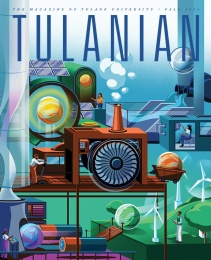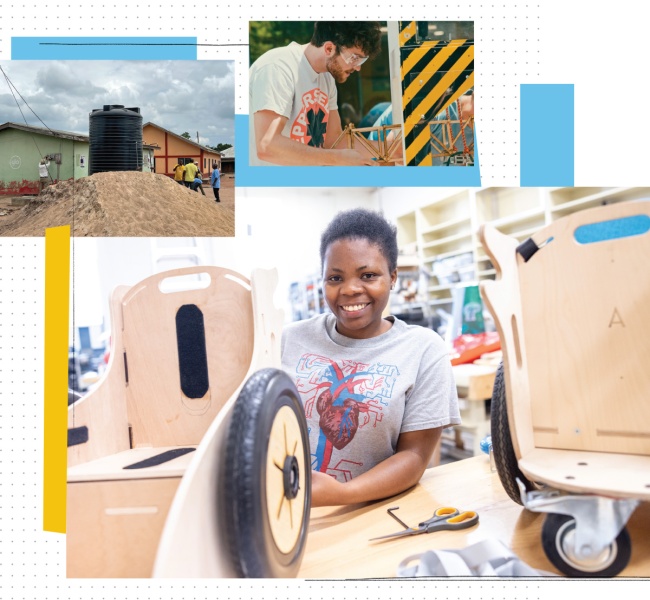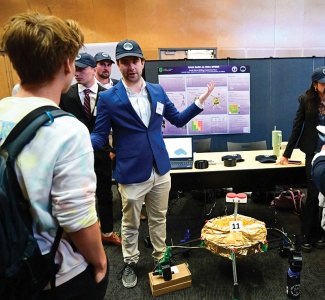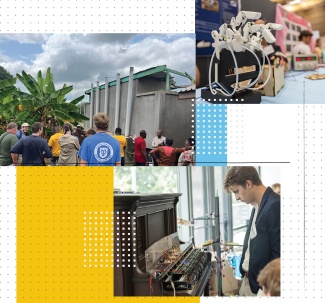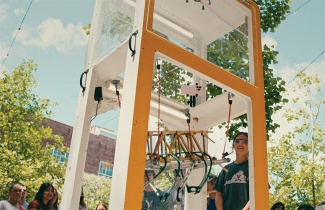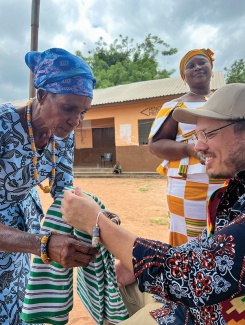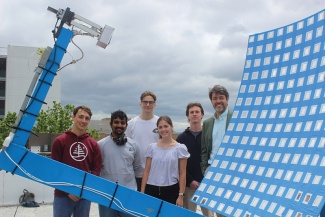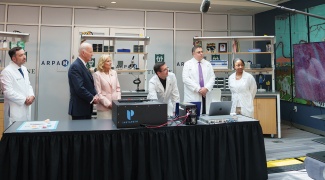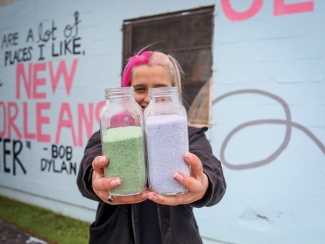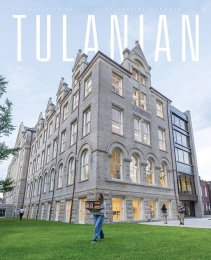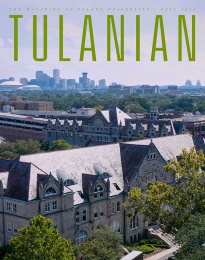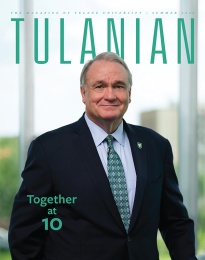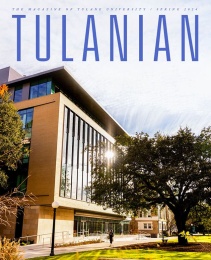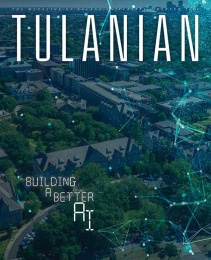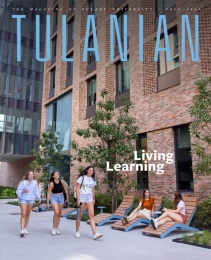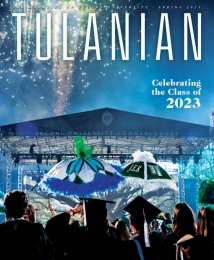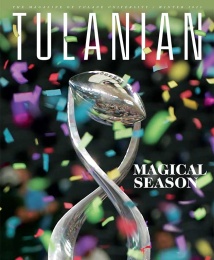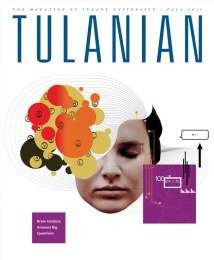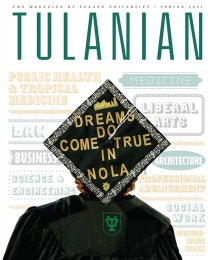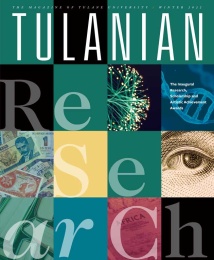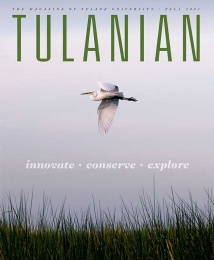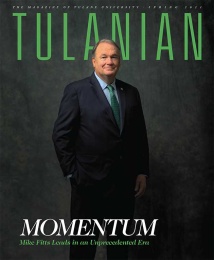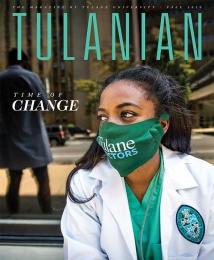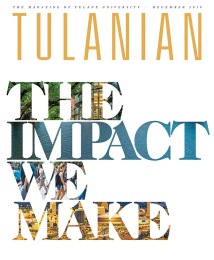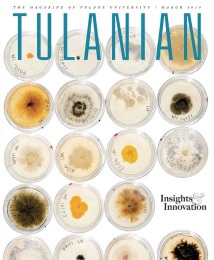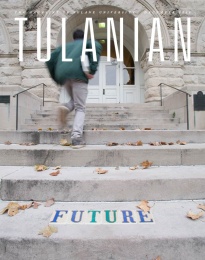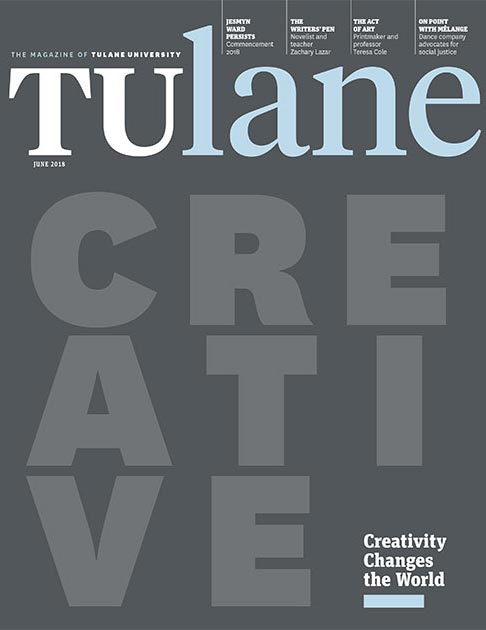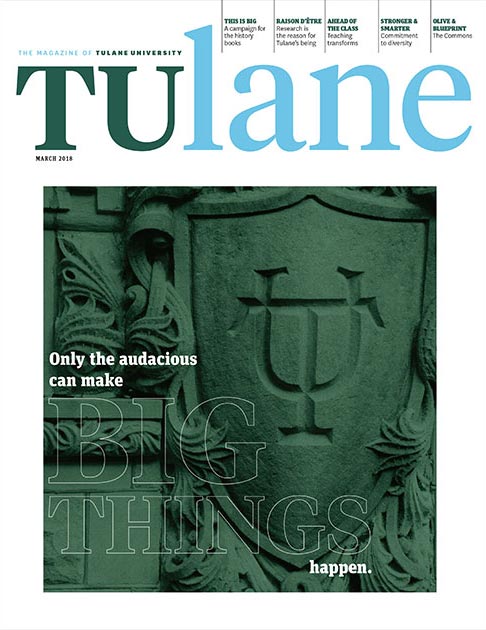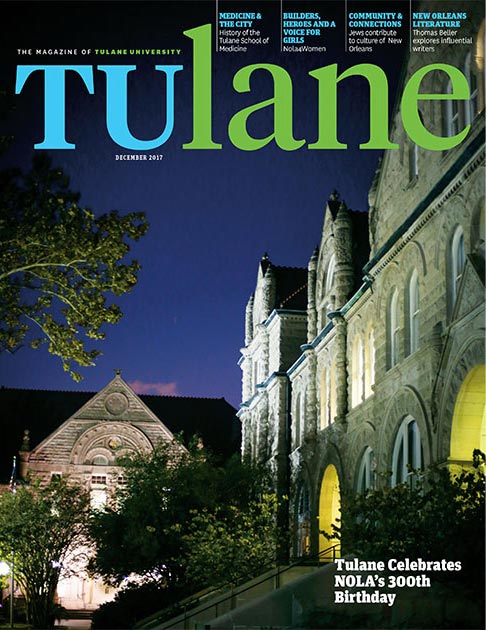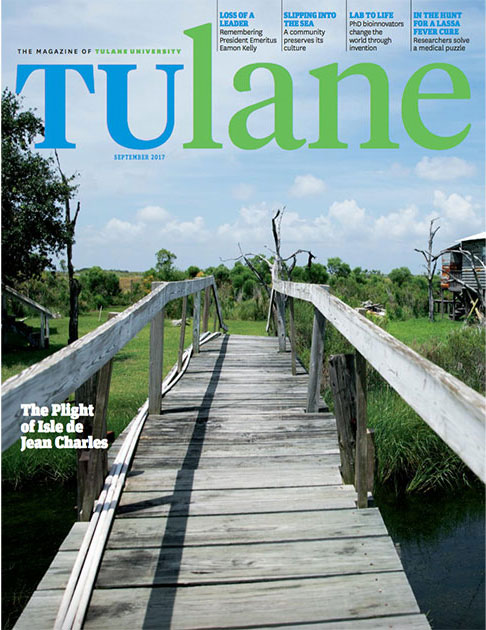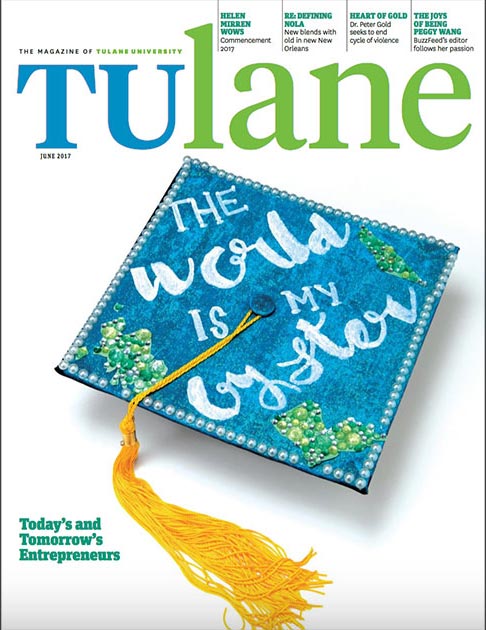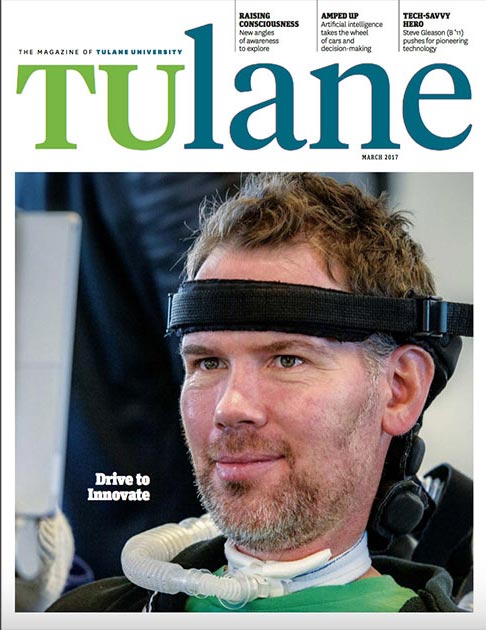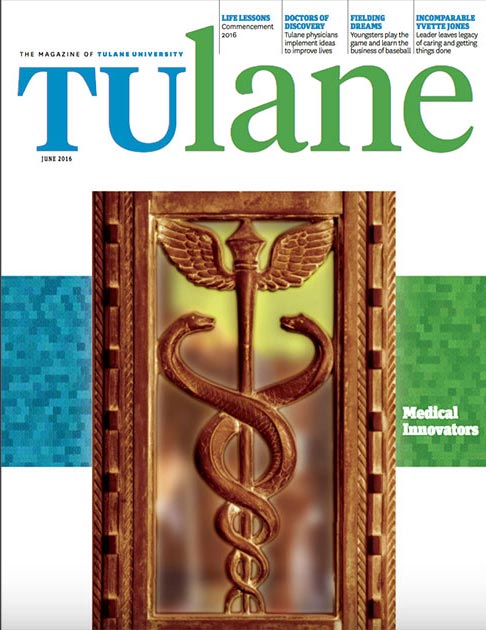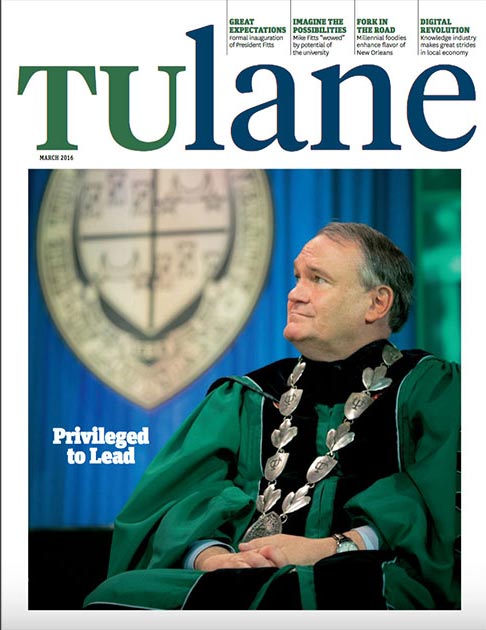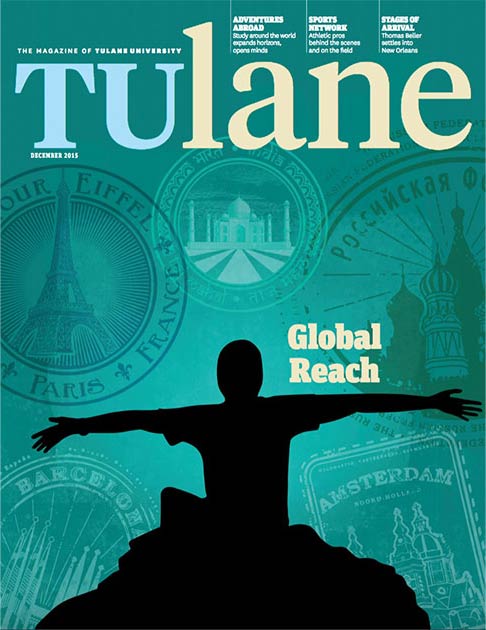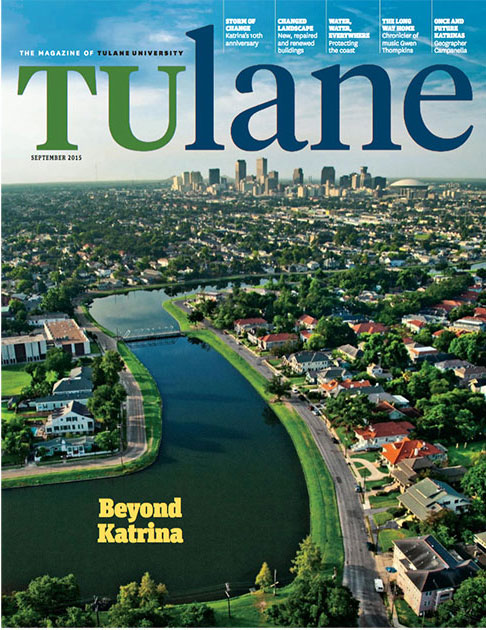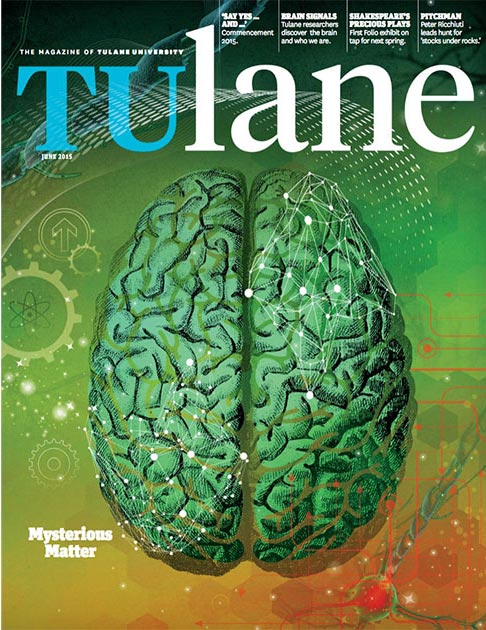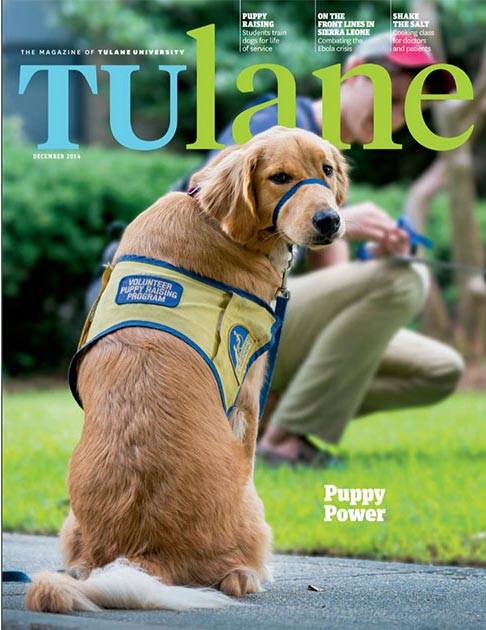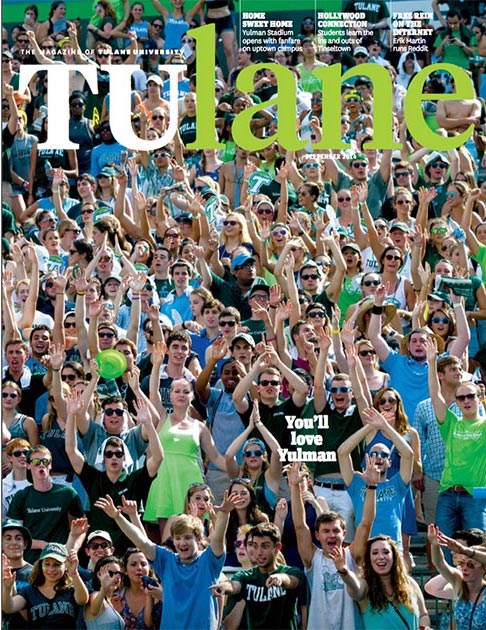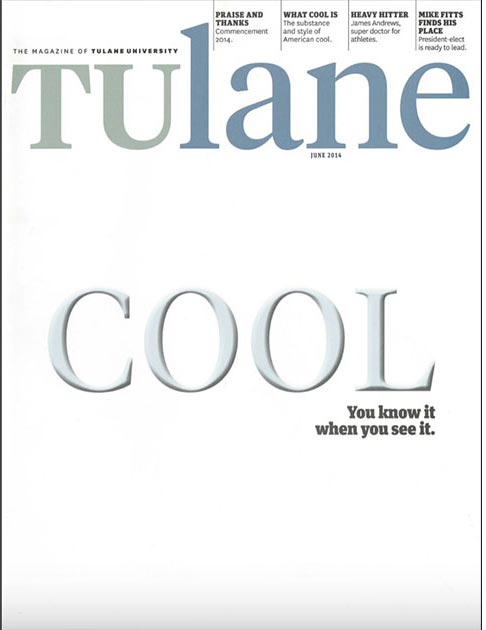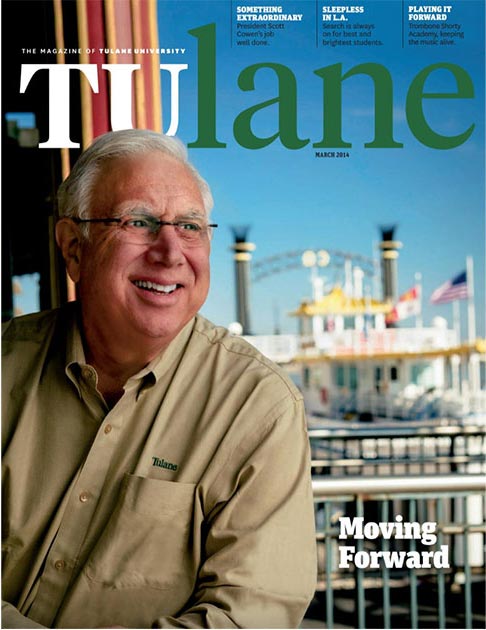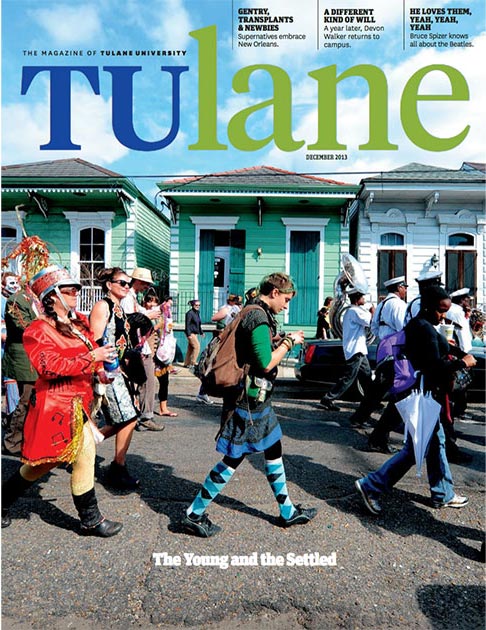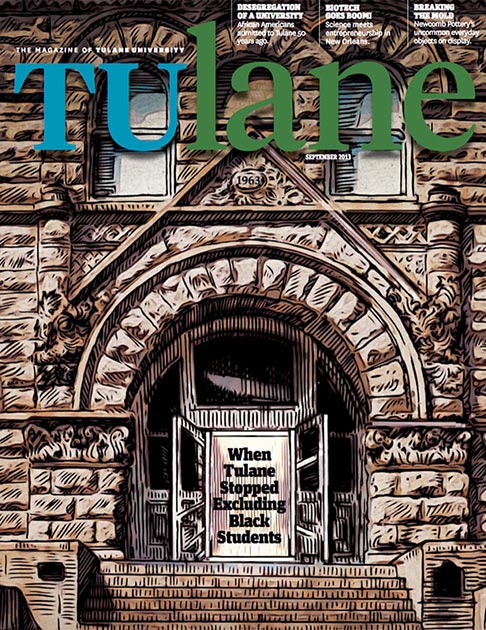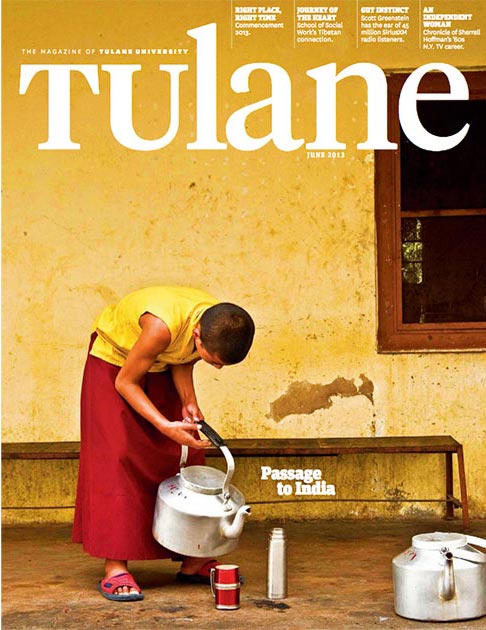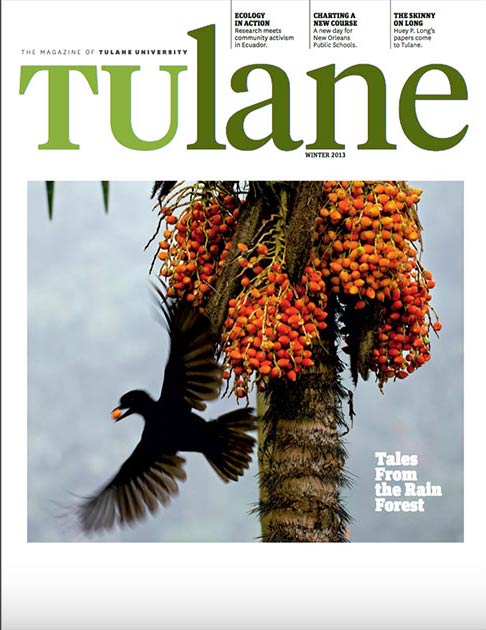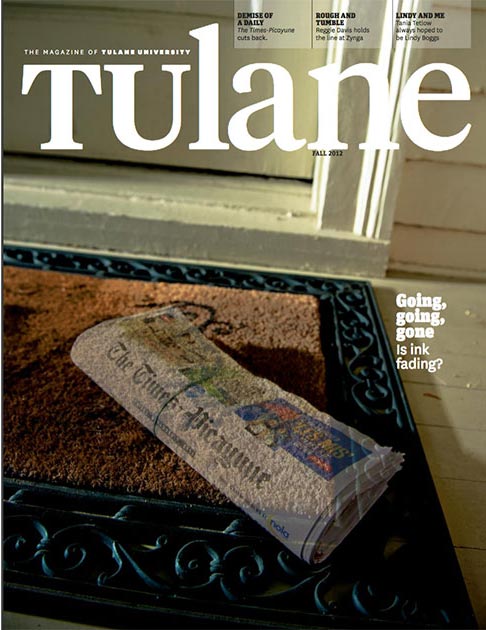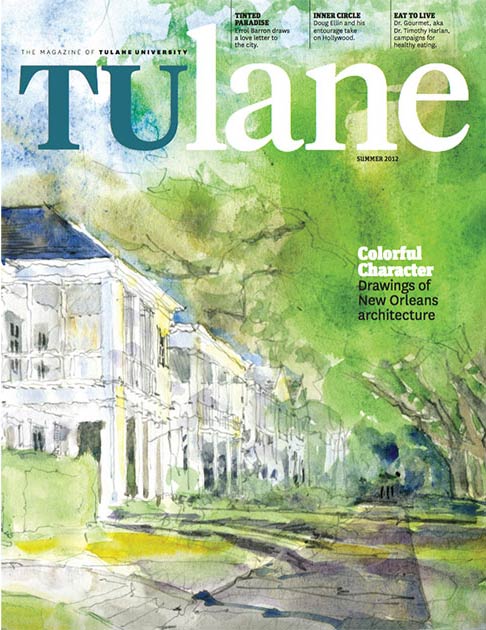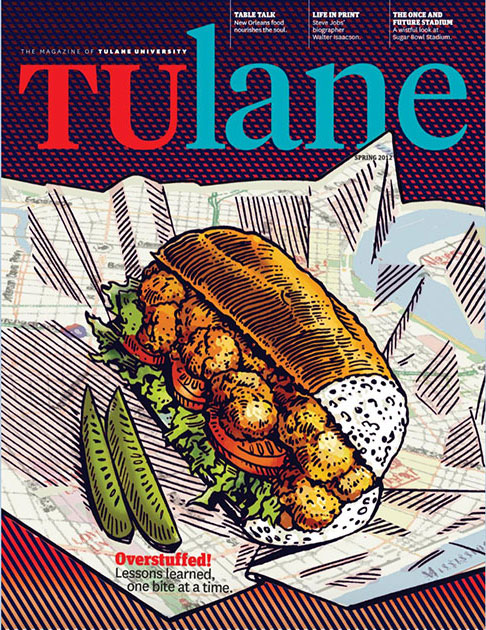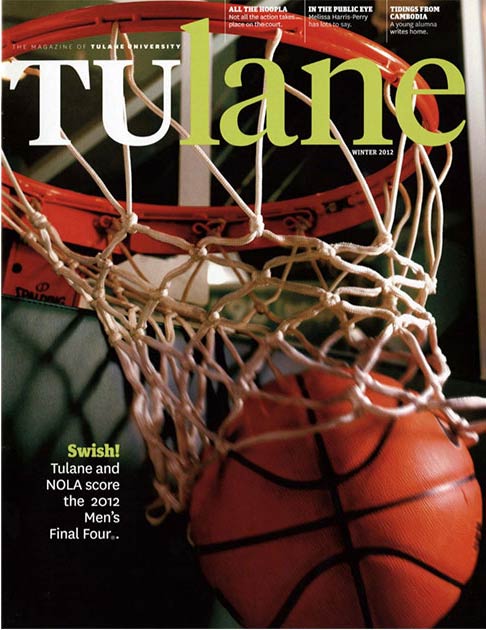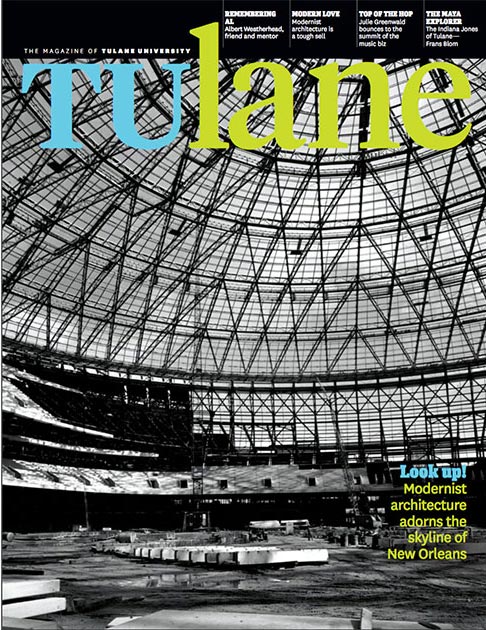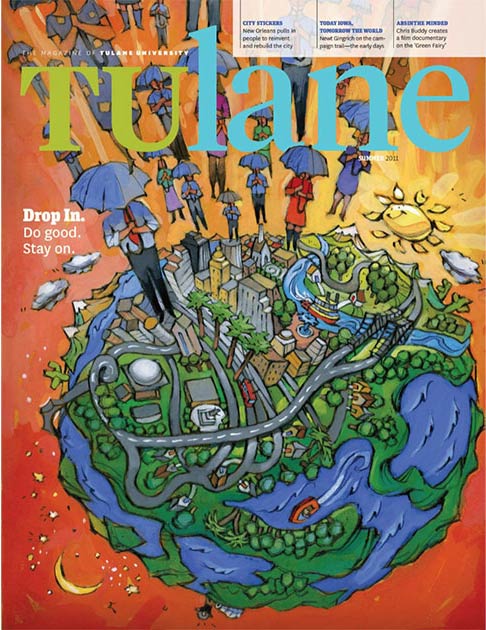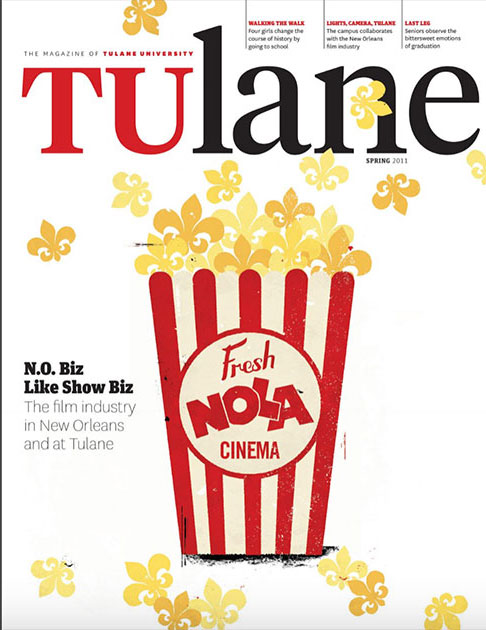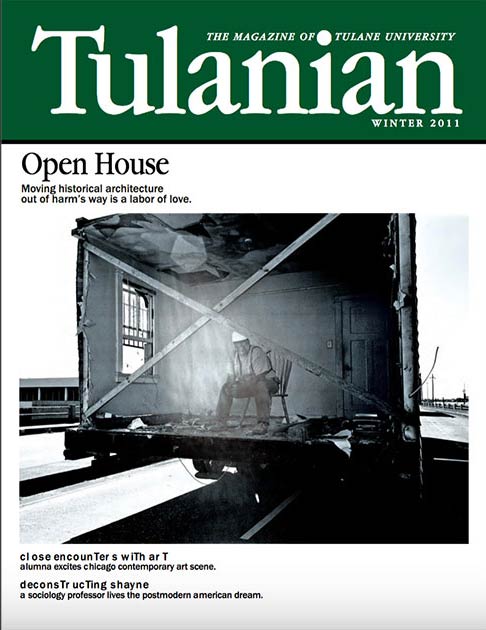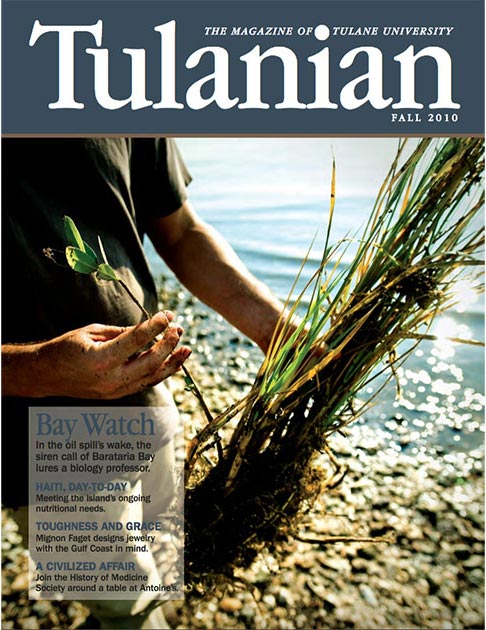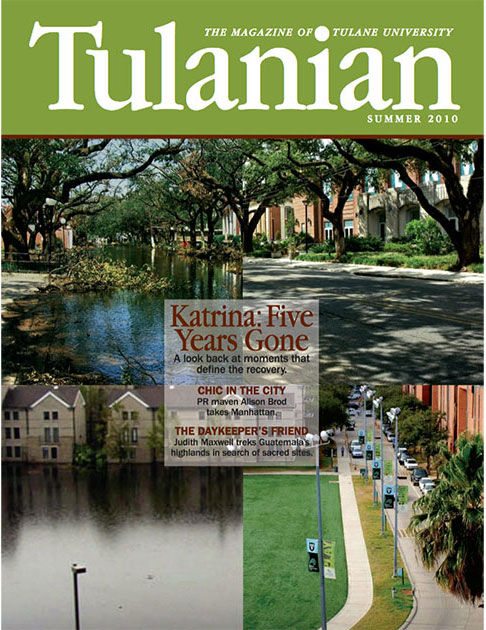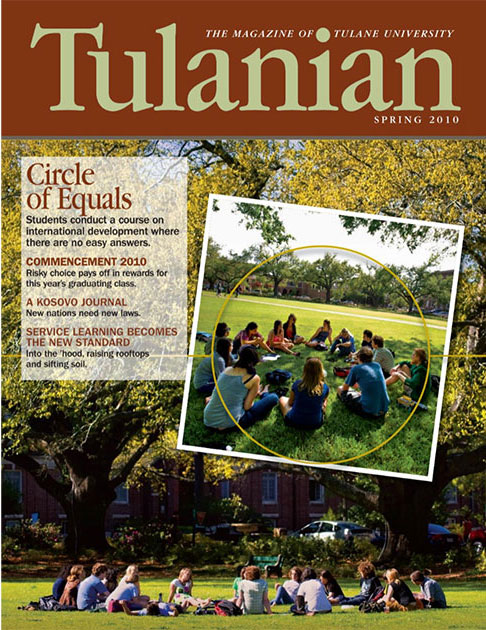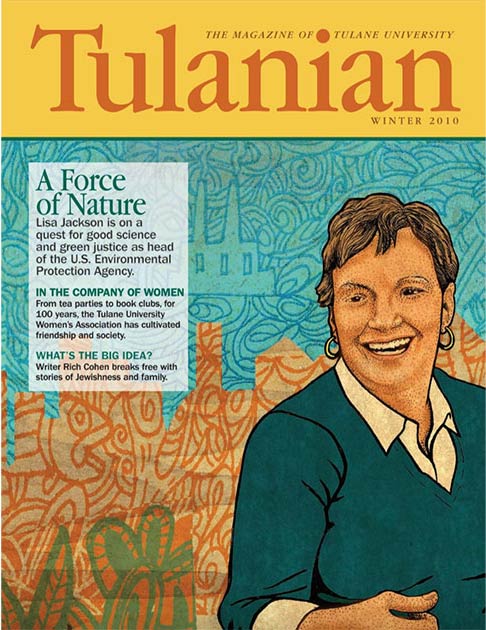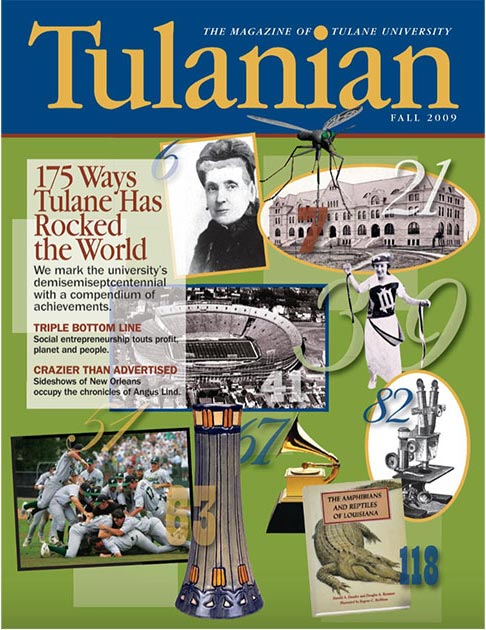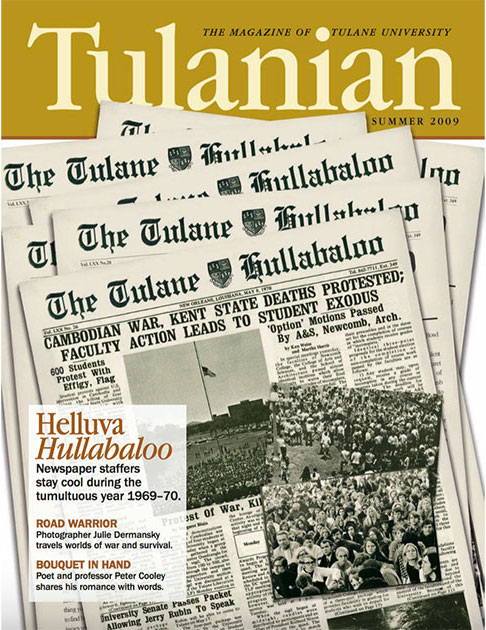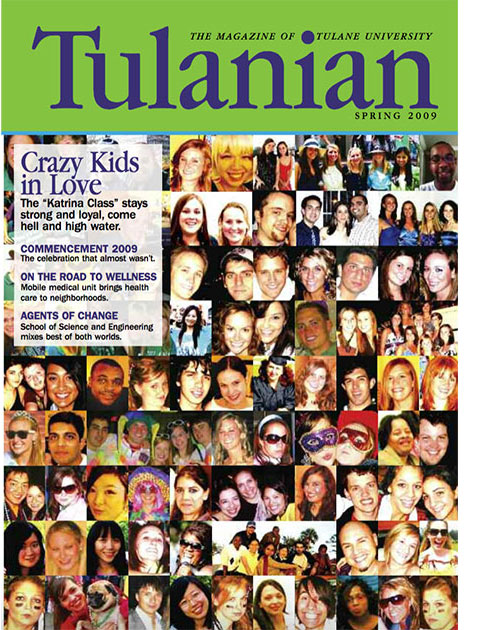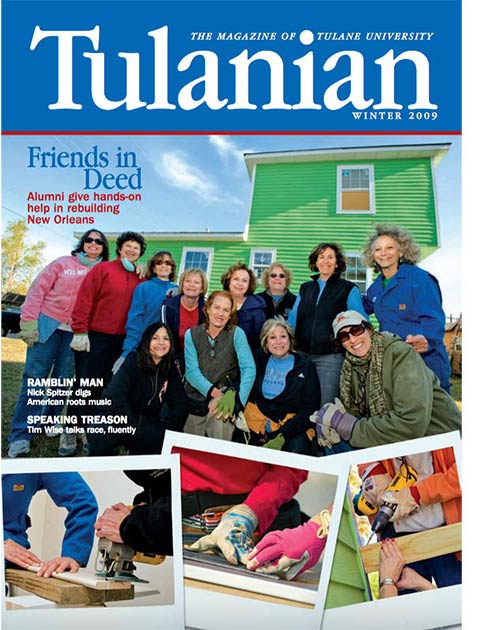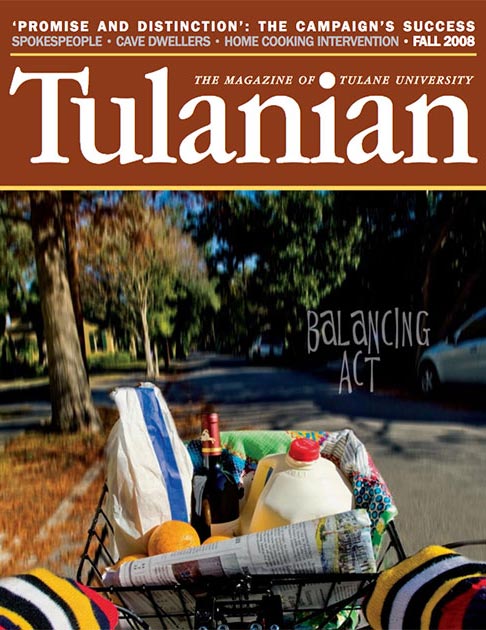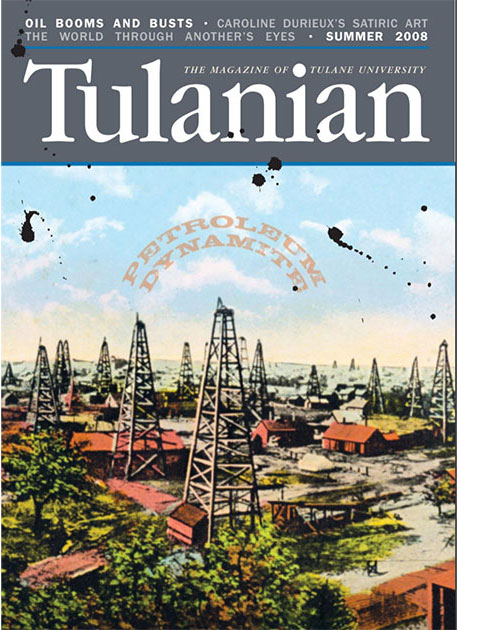The Truss Bust is one example of the numerous ways engineering students use the state-of-the-art Scott Ackerman MakerSpace. Students in Tulane’s biomedical engineering program made national news in late 2023 when CBS Mornings covered their efforts in using the MakerSpace to build training wheelchairs for children.
Students in the Team Design class taught by Katherine Raymond, senior professor of practice and associate chair of biomedical engineering in the School of Science and Engineering, partnered with the nonprofit MakeGood to design and produce mobility trainers, or training wheelchairs, to help children with cerebral palsy, spina bifida, limb deficiencies or other medical conditions prepare to operate actual wheelchairs.
To make the trainers, the students first had to learn about the needs of the children who would ultimately receive them. This is part of a human-centered design process at Tulane whereby students cultivate empathy for those they will be serving.
Tulane students’ passion for service doesn’t stop at their local community, either. The Tulane chapter of Engineers Without Borders is now in its second year of a project that builds composting toilets and provides access to clean water in Ghana. Last summer, the students visited the Sokode-Ando community to begin planning their project. Their first trip was an assessment trip during which students talked with local community members about their needs and planned the next steps of building the necessary facilities.
Using that same human-centered design process, the Engineers Without Borders team interviewed the people who would be using the facilities, with the aid of a translator, to ensure they would be helping in the best way possible.
Students have also partnered with Humanity and Community Development Projects (HCDP) for the Ghana effort. The team is basing its design on composting toilets already in use in the nearby community of Dzita. The students are returning to Sokode-Ando this August for their second trip, when they will begin construction.
“It was my experience with Engineers Without Borders that helped me pursue my interest in civil engineering and inspired me to pursue a career in this field,” said Lily Baughman, who served as president of the Tulane chapter during the last academic year as she completed her master’s degree in materials science and engineering.
